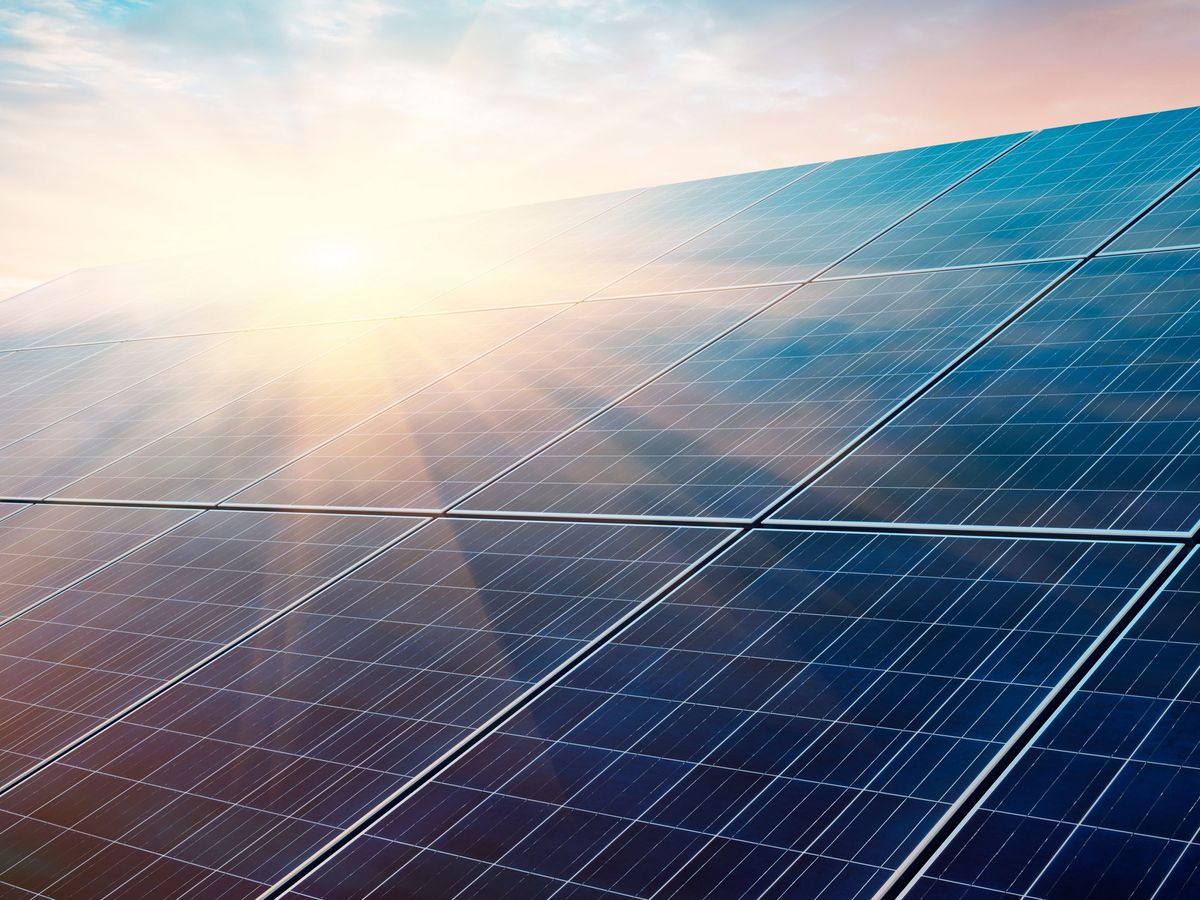The first outdoor test of perovskite-and-silicon solar cells lasting more than a year shows that the cells retained over 80 percent of their initial 21.6 percent solar-conversion efficiency. The encouraging results come from tests conducted in the sunny, hot, and humid climate of the Red Sea Coast of Saudi Arabia, in what is “the longest experiment ever reported on perovskite-silicon tandem solar cells,” says Stefaan De Wolf, a material science and engineering professor at the King Abdullah University of Science and Technology (KAUST).
Tandem solar cells, which consist of a thin perovskite layer on a silicon solar device, keep breaking conversion efficiency records—the latest record stands at 31 percent—and promise a theoretical efficiency of 40 percent. Conventional silicon cells, meanwhile have reached an efficiency of 26.7 percent in the lab, already close to their theoretical peak of about 29 percent.
Perovskites are also cheap and easy to make, essentially by growing crystals from a solution. Manufacturers have yet to deliver on their promise of commercial perovskite products, though. One issue bogging down perovskites is that they degrade when exposed to oxygen, moisture, and light. And while much research has focused on improving device performance and stability, there have been few real-world tests of the technology.
Previous outdoor tests on perovskite-silicon tandems, conducted by the same team, were six months long. Those tests showed that a special encapsulating material was the key to extending the lifetime of the devices to over a year. With the results from these latest long-term tests, the team has now gained further insights into degradation and failure in the field. The goal is to “solve, step by step, the puzzle towards long-term stability,” says Michele De Bastiani, a professor of chemistry at Università di Pavia, in Italy, who worked on the project at KAUST.
De Bastiani, De Wolf and colleagues soldered a metal wire on each side of the tandem cells to extend the electrode contacts. This making of metal contacts at the surfaces of solar cells to collect current, “is one of these challenges unseen by the academic community but extremely relevant to the industry,” De Wolf says. The team then sandwiched the device between two layers of a polyurethane plastic and two layers of glass to make the encapsulated solar module. Previous testing had shown that, with layers of glass alone, eventually the volatile compounds released by the perovskite degrade the electrodes.
The new cells were placed outdoors from April 2021 to April 2022, and current-voltage scans were taken every 10 minutes between 6 a.m. and 6 p.m. The intense sunlight, heat, and coastal humidity of the location makes it one of the harshest conditions for PV operation, the researchers say.
Degradation of the perovskite under light and high temperatures had the biggest impact on the performance of the devices, they found. The impact of dust accumulation was surprisingly big, De Bastiani says. “This is a well-known problem for PV plants, especially in desert environments. What we didn’t expect was to see that the reduced light transmission through the dust is not the same for all wavelengths.” That led to a mismatch in current between subcells in the device, bringing down overall efficiency.
Despite these issues, it is promising that the device retained 80 percent of its original power output after a full year of exposure under the harshest conditions, the researchers write in their paper published in Cell Reports Physical Science. “We foresee that long-term, high-efficiency perovskite silicon devices are within reach.”
Prachi Patel is a freelance journalist based in Pittsburgh. She writes about energy, biotechnology, materials science, nanotechnology, and computing.



